During a conference call on Tuesday, Corning Glass executive Tony Tripeny named the apparently numerous drawbacks to using sapphire crystal in a mobile device, something which Apple is widely expected to do with an upcoming iPhone.
At the Morgan Stanley Technology, Media & Telecom Conference (via Seeking Alpha), analyst James Fawcett warmed up with a round of general questions regarding the health of Corning's business, but the conversation quickly turned to Gorilla Glass and sapphire, reports CNET.
The two Corning executives in attendance, CFO James Flaws and SVP and Corporate Controller Tripeny, successfully dodged an initial question about the possible risks sapphire presents to Gorilla Glass and Corning's hold on the mobile device industry. A more direct follow-up from Fawcett hit the mark.
"So we mentioned Sapphire and obviously there is one large handset and device maker that people suspect maybe looking at Sapphire," Fawcett said, assumedly alluding to Apple. "And at least from a Corning perspective, [what are] the puts and takes of Sapphire versus glass?"
Tripeny fielded the question by offering a laundry list of negatives. Corning has not been overly talkative on the implications of sapphire, though the company has obviously been thinking hard on the subject, as evidenced by a page on its website titled "Corning Gorilla Glass vs. Sapphire."
"When we look at it, we see a lot of disadvantages of Sapphire versus Gorilla Glass," Tripeny said. "It's about 10 times more expensive. It's about 1.6 times heavier. It's environmentally unfriendly. It takes about 100 times more energy to generate a Sapphire crystal than it does glass. It transmits less light which...means either dimmer devices or shorter battery life. It continues to break."
While Tripeny conceded sapphire is a highly scratch resistant material, he pointed out that Corning tests have shown Gorilla Glass to be able to withstand 2.5 times more pressure. Overall, sapphire is an "industry and trend" not attractive in consumer devices, he said.
Apple seems to think otherwise. In November, the company announced a partnership with sapphire producer GT Advanced Technology worth $578 million. As part of the deal, a new facility built in Arizona will supply Apple with a large amount of sapphire for use in future products yet to be announced.
Currently, Apple uses sapphire as protective shielding for the iPhone 5s' rear camera lens and Touch ID home button. The company first dabbled with the material in the iPhone 5, which also employed a sapphire-covered rear-facing camera.
As Corning stands to lose a major source of revenue if Apple decides to switch away from Gorilla Glass in favor of its own sapphire-based solution, the company is understandably a detractor of the burgeoning tech.
Tripeny does raise some interesting points, however, not the least of which is the impact of using sapphire from a cost standpoint. Citing knowledge about crystal growing from the Dow Corning joint venture, the exec points to a three disadvantages to sapphire production.
Again, Tripeny compares the material to Gorilla Glass: forming sapphire takes approximately 4,000 times longer than Gorilla Glass and at a "significantly higher" melting temperature; machining the material is difficult and costly due to its innate hardness; and the costs rise "exponentially" when defects form during the growing process because they need to be cut out.
"If it was a business that was attractive to enter into, we certainly would be able to do that," Tripeny said.
While Apple's sapphire endgame remains unknown, the company has secured or filed for a number of patents relating to sapphire laminates and other more exotic mobile device components. In addition, properties describing manufacturing and processing techniques have also been revealed.
As for Corning, the firm is apparently not looking to enter the sapphire industry anytime soon, even if large OEMs like Apple and Samsung are turning to the material as a "deluxe" value-added feature.
Finally, when asked if there was anything else that may factor into the sapphire conversation, Tripeny said, "It has got a very sexy name. Sapphire."
 Mikey Campbell
Mikey Campbell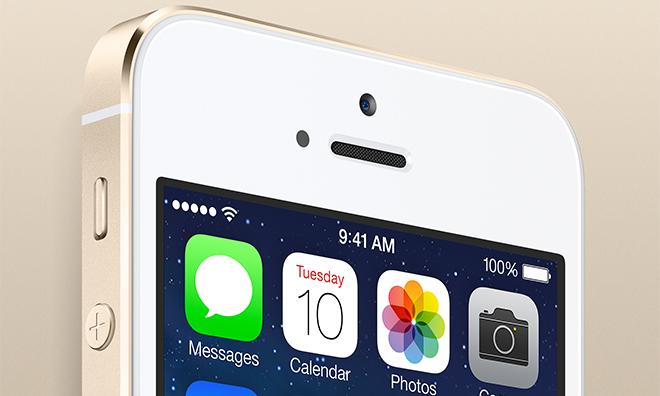
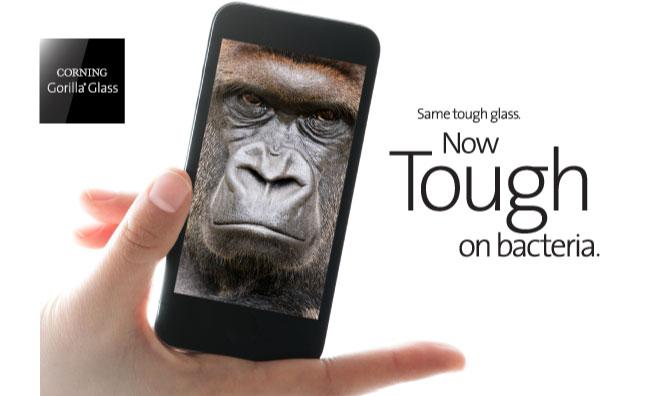
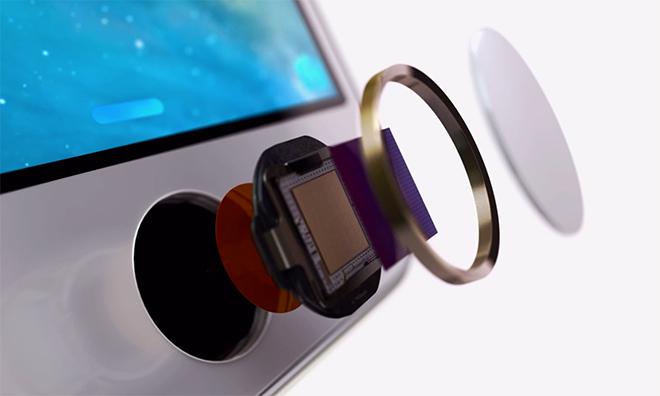
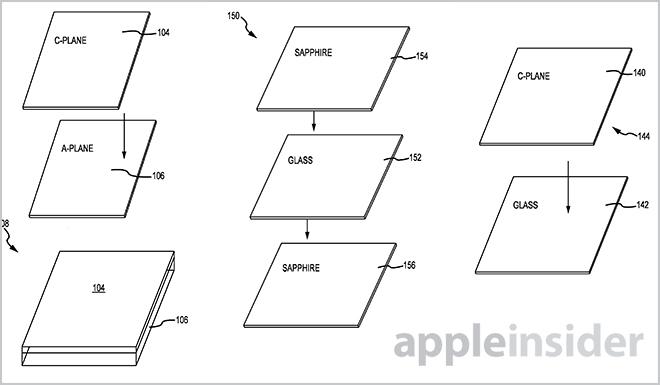







-m.jpg)






 Christine McKee
Christine McKee
 Chip Loder
Chip Loder
 Malcolm Owen
Malcolm Owen
 Marko Zivkovic
Marko Zivkovic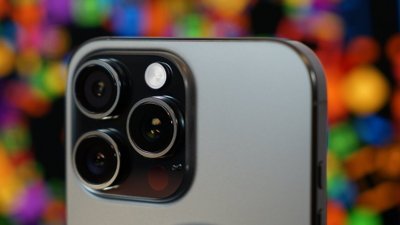
 Wesley Hilliard
Wesley Hilliard
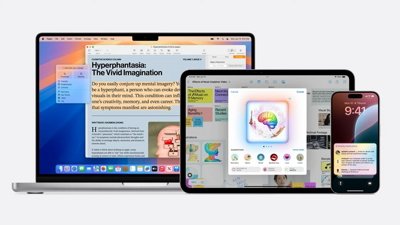
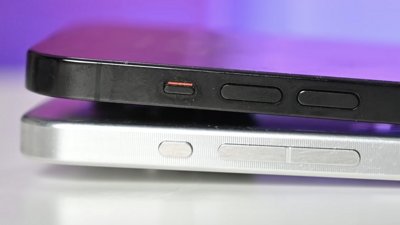



-m.jpg)




97 Comments
Anybody who would like to dispose of their expensive, heavy, and environmentally unfriendly sapphires, please feel free to contact me for it's collection and disposal. ;)
Let's go back over the story of Apple and Corning one more time. http://www.boardwalkcm.com/blog-profile.php?ID=22 Come on Corning, thanks to Apple you had a good run, don't be a sore loser.
If your sapphire plant is solar powered, the amount of energy required isn't that much of an issue.
I believe people tend to take much better care of their iPhones than Samsung users take care of their devices. I see people with cracked Samsung screens all the time. I've only seen one cracked iPhone and that was due to a horse stepping on it. If people do accidently crack their iPhone screens, they must get them replaced pretty quickly because I just don't ever see them.